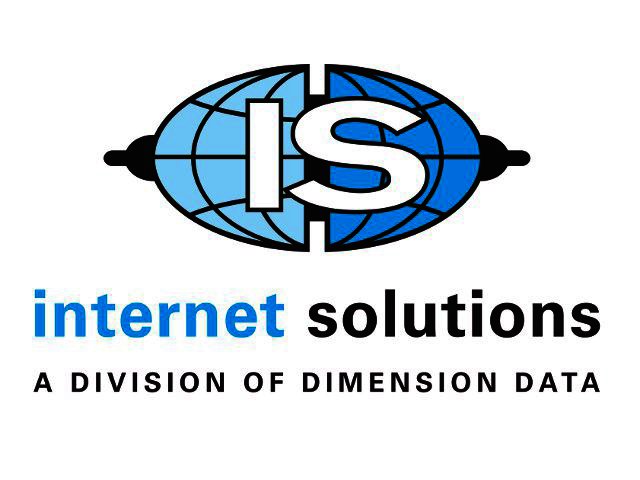By Sameer Cassim, R&D Systems Architect at Internet Solutions
Reducing energy consumption in South Africa is a national imperative. Hyperscalers currently investing in South Africa, and those planning on doing so in the future will have to take this into consideration when designing their facilities.
Historically, major data centre markets have relied on fossil fuels or nuclear power for the bulk of their energy generation but today many are moving to alternative, renewable energy sources.
New approaches to energy efficiency
There are various technologies that can be used to increase energy efficiencies in data centres, which has seen many data centre providers embarking on efficiency drives.
The first is real-time monitoring and analytics which comprises the deployment of intelligent monitoring systems. The monitoring assists in ensuring that all infrastructure is utilised efficiently and that any issues are proactively handled. Operators utilise all of the data collected to make informed decisions enabling improvements in capacity planning, resource utilisation and energy savings - often resulting in huge energy and cost savings.
Data centre providers are also looking at infrastructure-on-demand models when it comes to increasing energy efficiencies; including dynamic power and cooling systems. This agile approach means infrastructure is switched on and ramped-up depending on what is required at any point in time - a significant move away from the conventional method of running infrastructure at full tilt, even with minimal occupancy.
Cloud computing has emerged as a surprising force for the commercialisation of renewable energy. Hyperscalers such as Google, Amazon, Microsoft and Apple are all committed to sourcing renewable energy to power their cloud data centres. Some of their methods involve on-site deployments of solar panels or bulk power purchase agreements (PPAs) that help finance large solar or wind generation projects.
It doesn’t need to be freezing
Innovative approaches to cooling can assist in improving energy efficiencies particularly in maximising the distribution of cool air to equipment with minimal power draw.
Air conditioning isn’t the only way of cooling a data centre. For instance, drawing outside air into the data centre and circulating it with the power of server fans provides free cooling. Conversely, extracting warm air from the data centre and redistributing the heated air to other parts of a building in colder months, provides near-free heating. Closed loop liquid cooling and hot aisle containment provide additional cooling methods
We are seeing a shift from freezing data centres, to ‘cool enough’ facilities. A quick win is to enforce American Society of Heating, Refrigerating and Air-Conditioning Engineer standards which allow for supply air temperatures to be raised slightly in accordance with the capability of servers.
Power configuration is getting smarter
Adoption of high efficiency power systems is on the rise too. The introduction of Open Compute Platforms (OCP) allows for power distribution systems to be directly connected to the server, getting rid of step-up and step-down converters which in turn eliminate power losses. This is key to making use of every single unit of electricity for output.
Finally, micro-grid adoption in data centres is a means of deploying power distribution in a data centre which is intelligently controlled to provide power in critical to varying loads and digitally manging these loads and the supporting infrastructure. This ensures that power is provided when needed and at the recommended quality to specific areas at a point in time.
Challenges facing energy efficiency in emerging markets:
New power and cooling technologies tend to be well adapted for future development and growth in developed markets, however, there are challenges in both developing and developed markets when it comes to implementing these technologies.
In most cases the challenge is the target market for the data centre, which can range from Hyperscalers to companies simply looking for web-hosting. With each of these segments the data centre must be specifically designed to prevent overlaps while still achieving the tenant’s ideal ROIs.
Multi-tenanted facilities pose a different challenge altogether with regards to the following factors:
- Consistent and perfect aisle containments: This is a challenge when there are multiple moves and changes as well as various types and sizes of racks.
- Software defined power and cooling: Identifying load distribution and critical areas is complex.
- Cooling efficiencies: It is difficult to predict the load trend within the facility to maximise cooling and minimise power consumption.
In developing markets, the notion of trust and system quality is of greater influence than efficiencies. Data centre providers must provide assurances on reliability and resilience to the market, often leading to facilities being overdesigned. Coupled with this, power utility providers have a less than reputable status, creating more focus on redundancy.
Reaching renewable energy utopia
The use of alternative and/or renewable energy in developing markets is restrictive as investment costs are significantly higher than developed markets. To leverage the full capabilities of alternative/renewable energy, power purchase agreements must be signed which still means reliance on the power utility providers grid for distribution.
Climate plays an important role on attaining the best efficiencies. From cooling to renewable energy, the ideal climate will render the best outputs. In Africa, free-cooling days are lower than ideal, however solar generation degree days are ideal. To gain the most energy efficiencies a comprehensive study on target markets, local utility providers, geographical location and climate conditions needs to be carried out.
The proliferation of data centres in South Africa combined with the an already struggling infrastructure and slowing progress on alternative energy sources means data centre suppliers will need to take on the responsibility of ensuring energy efficiencies in their facilities in the future. Luckily, new technologies and approaches to energy mean that this is not only possible but highly achievable.





